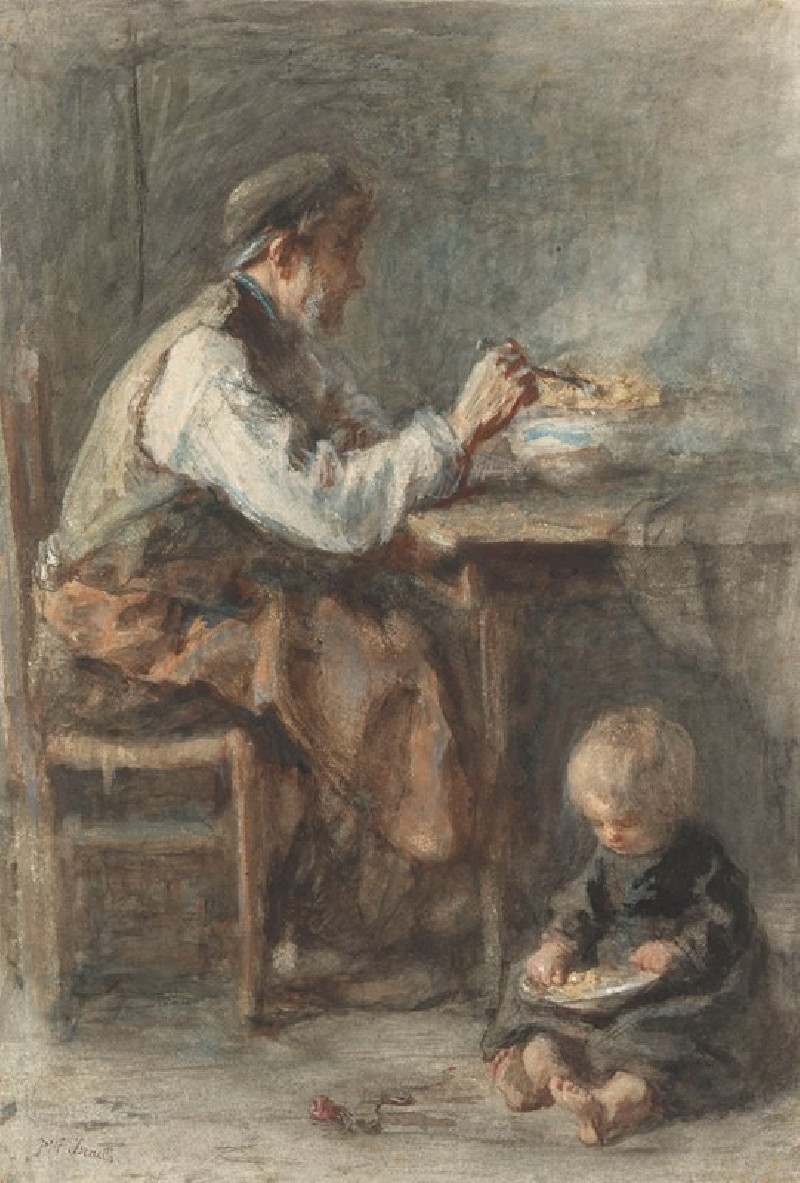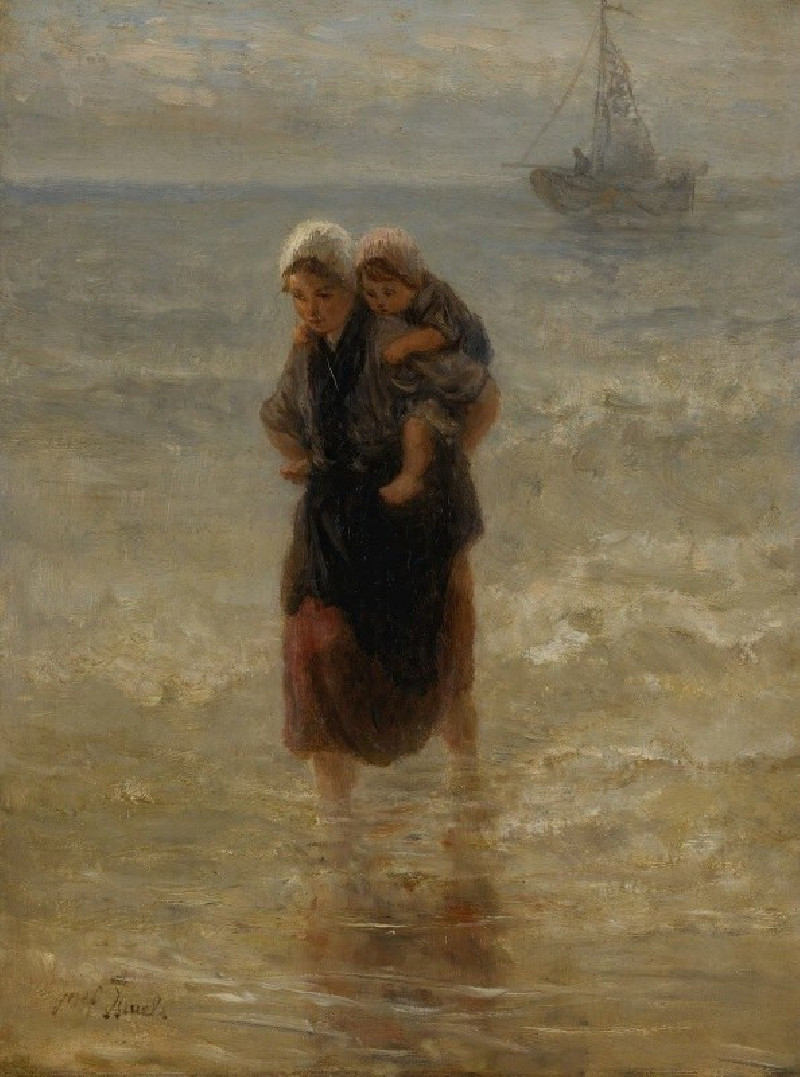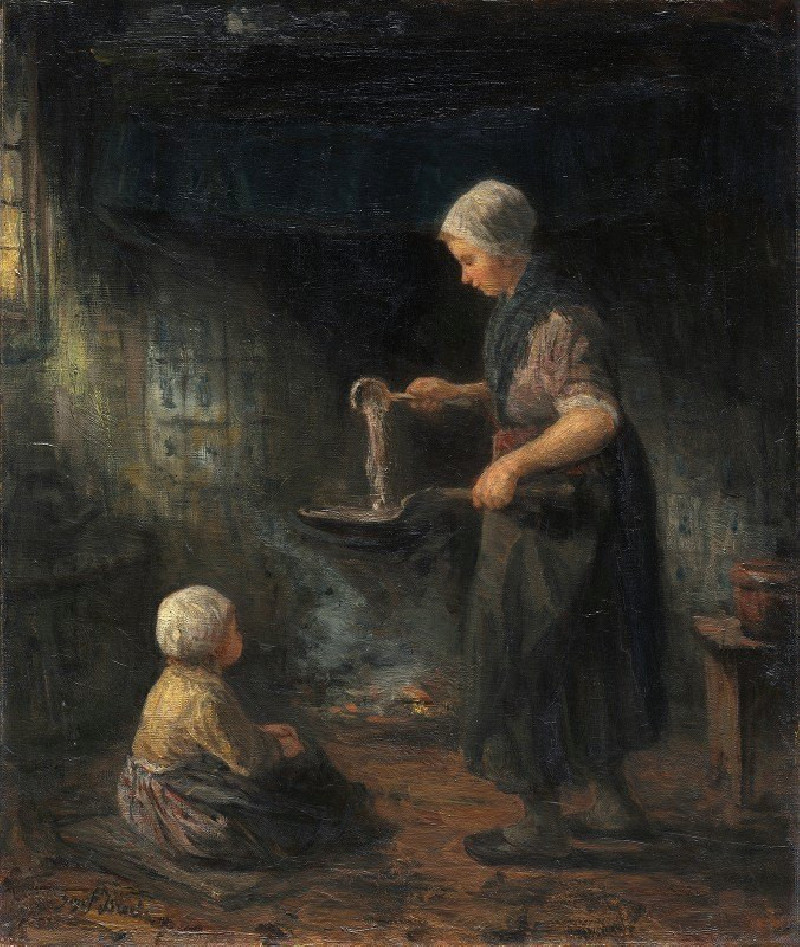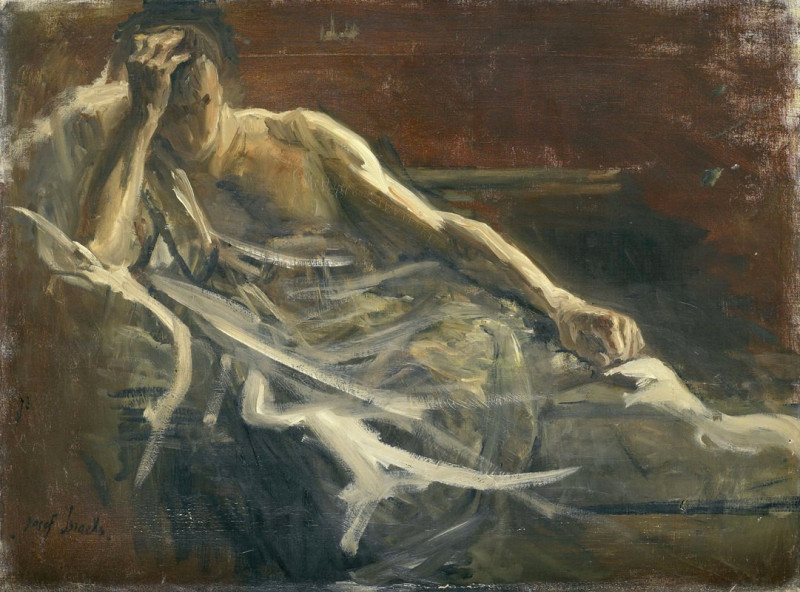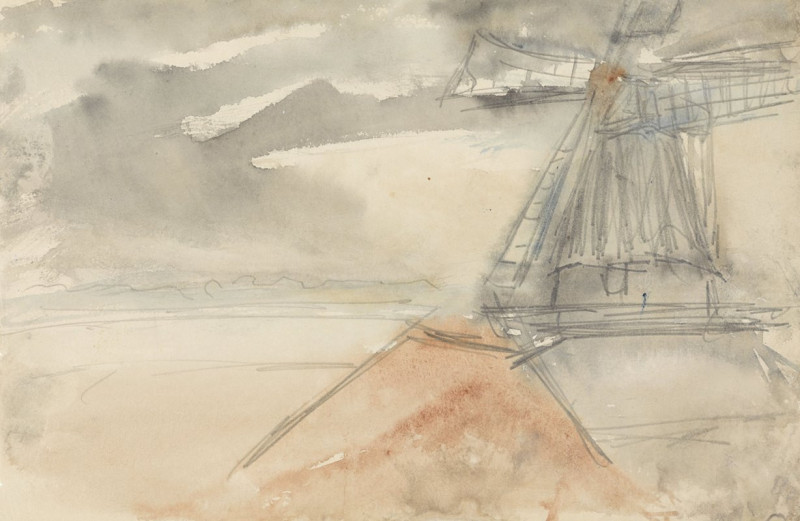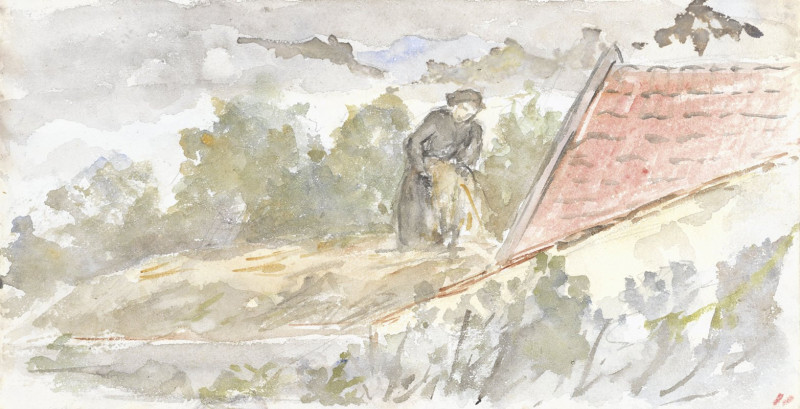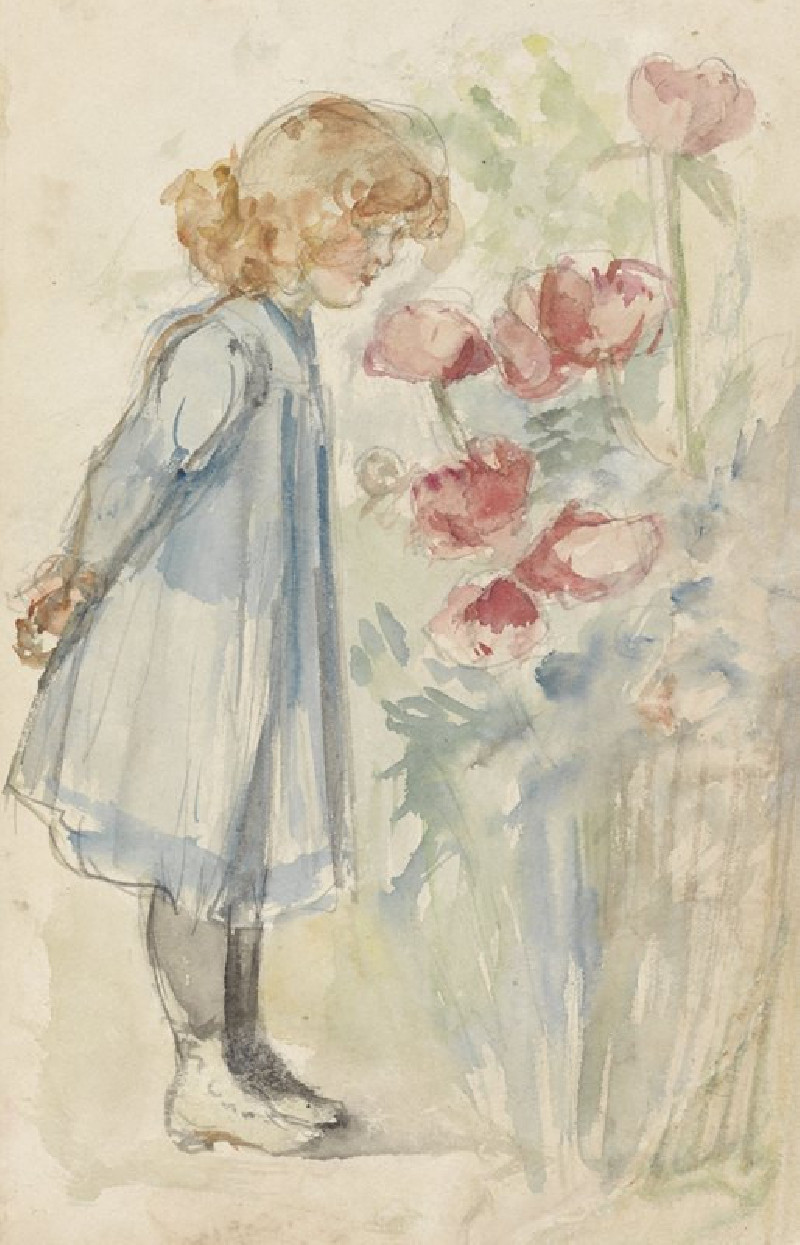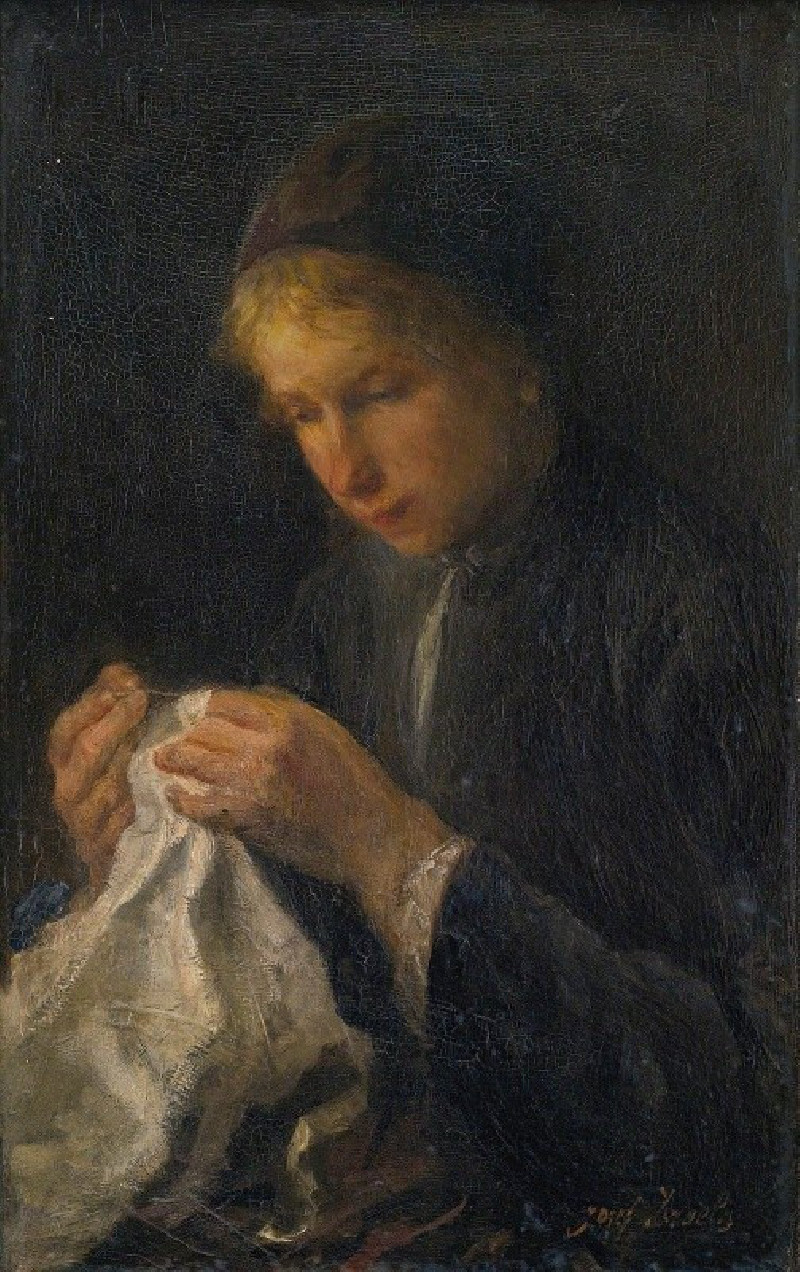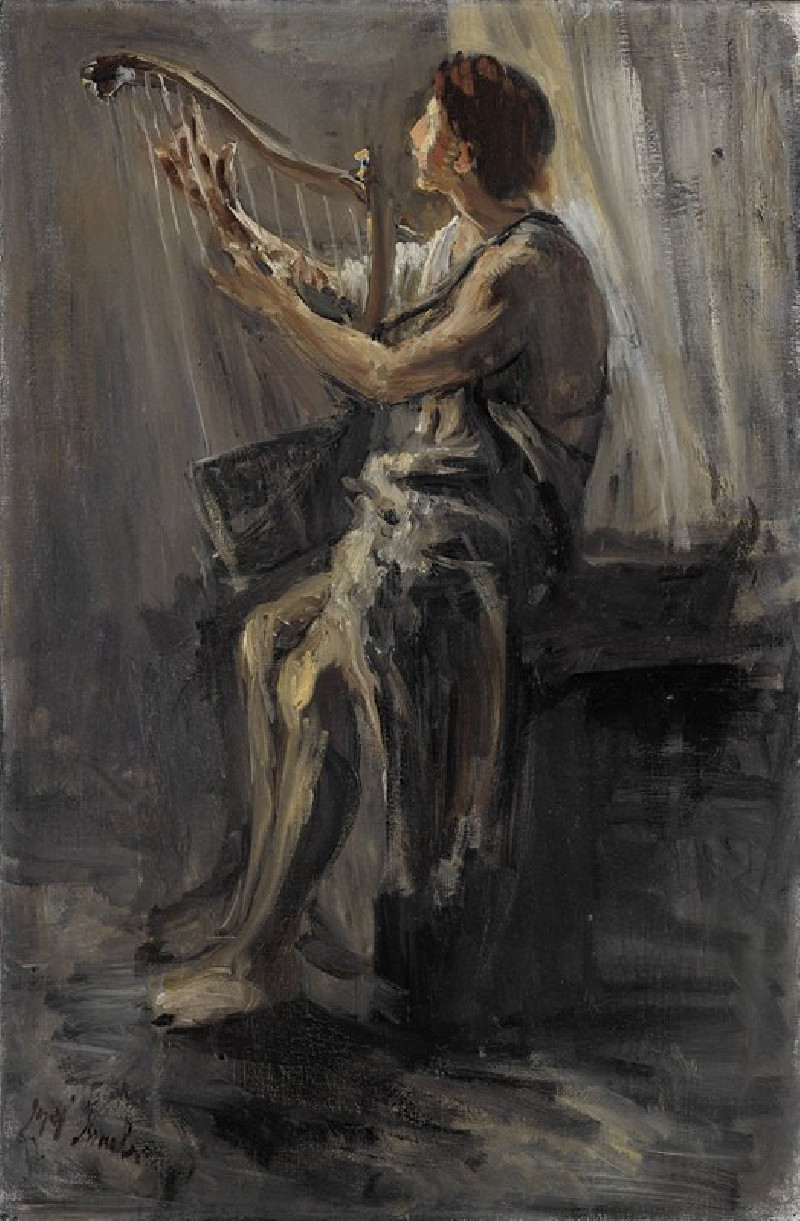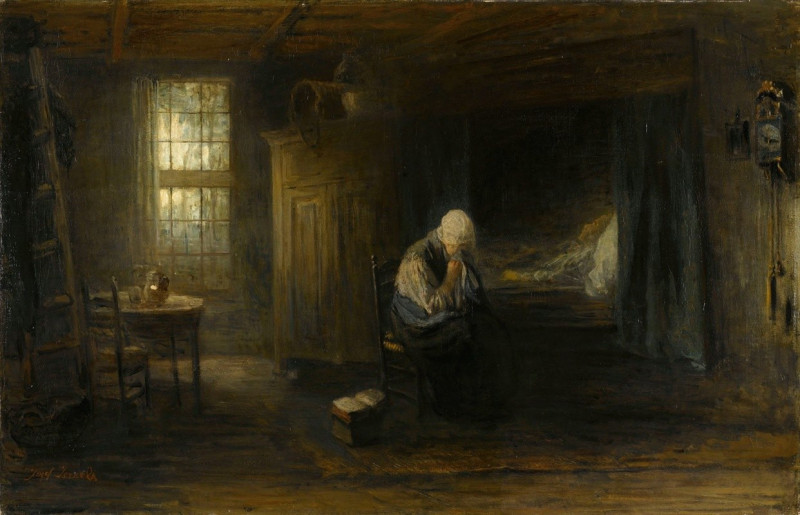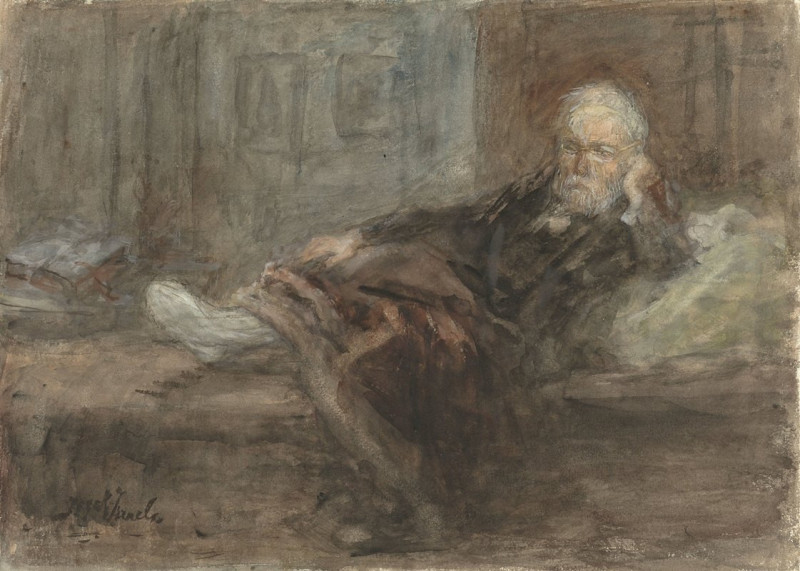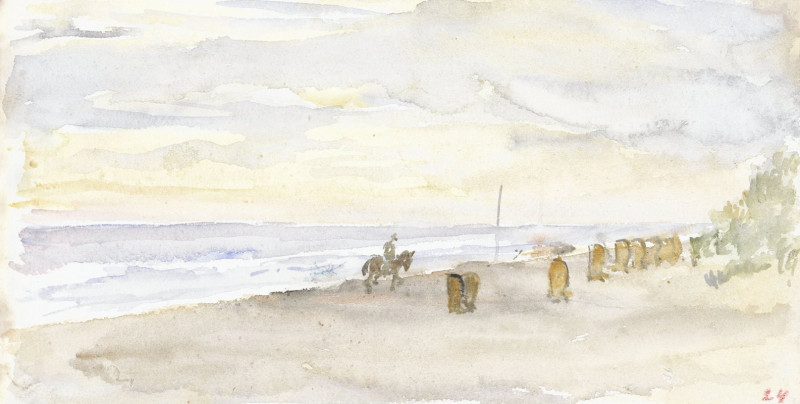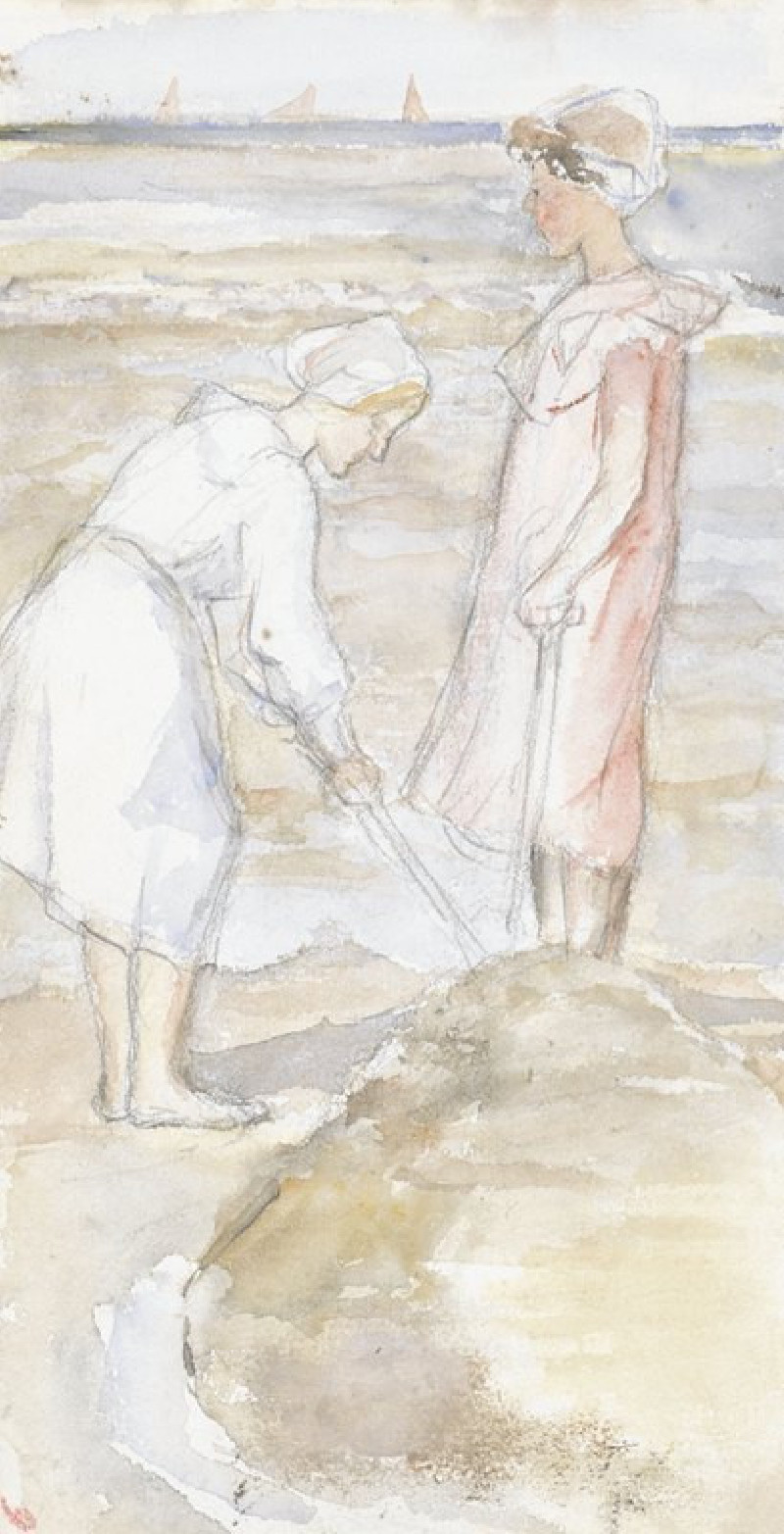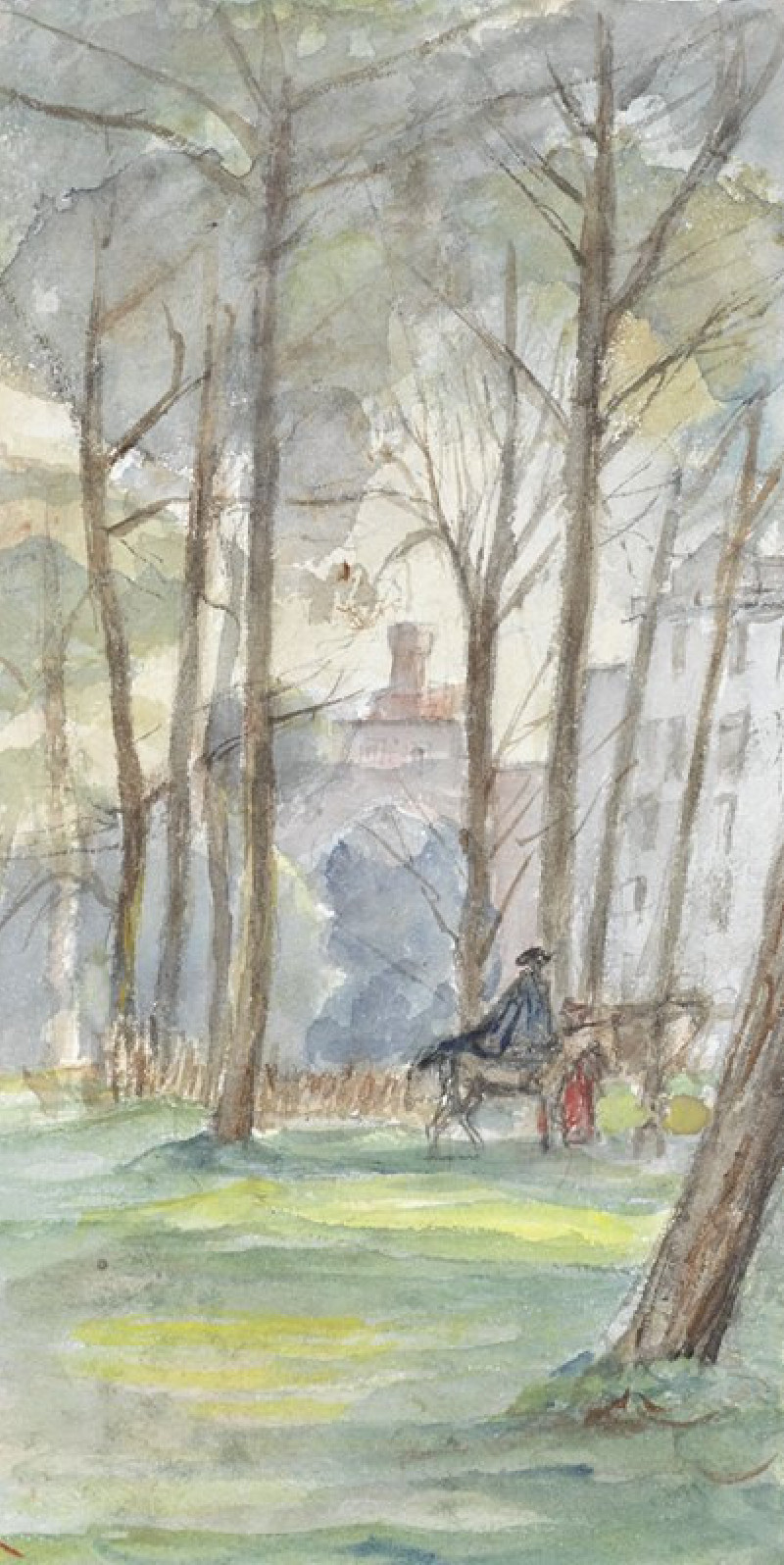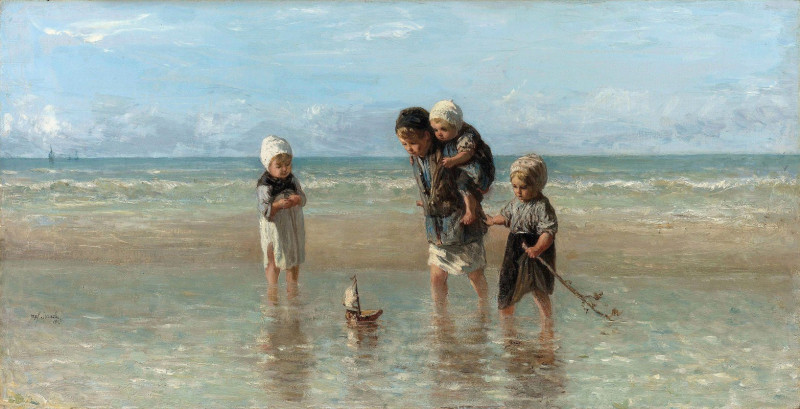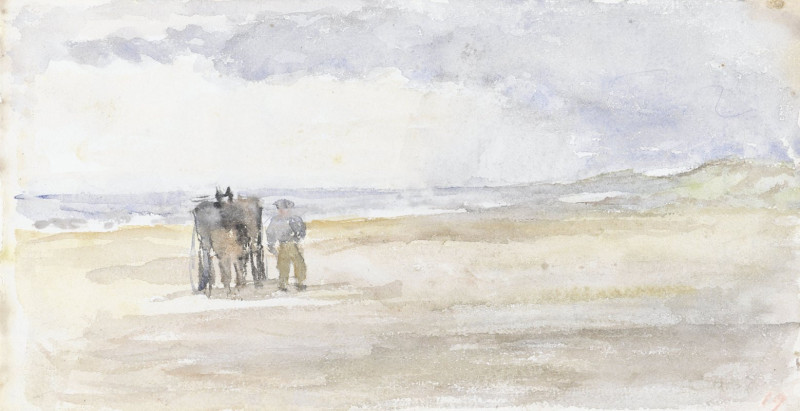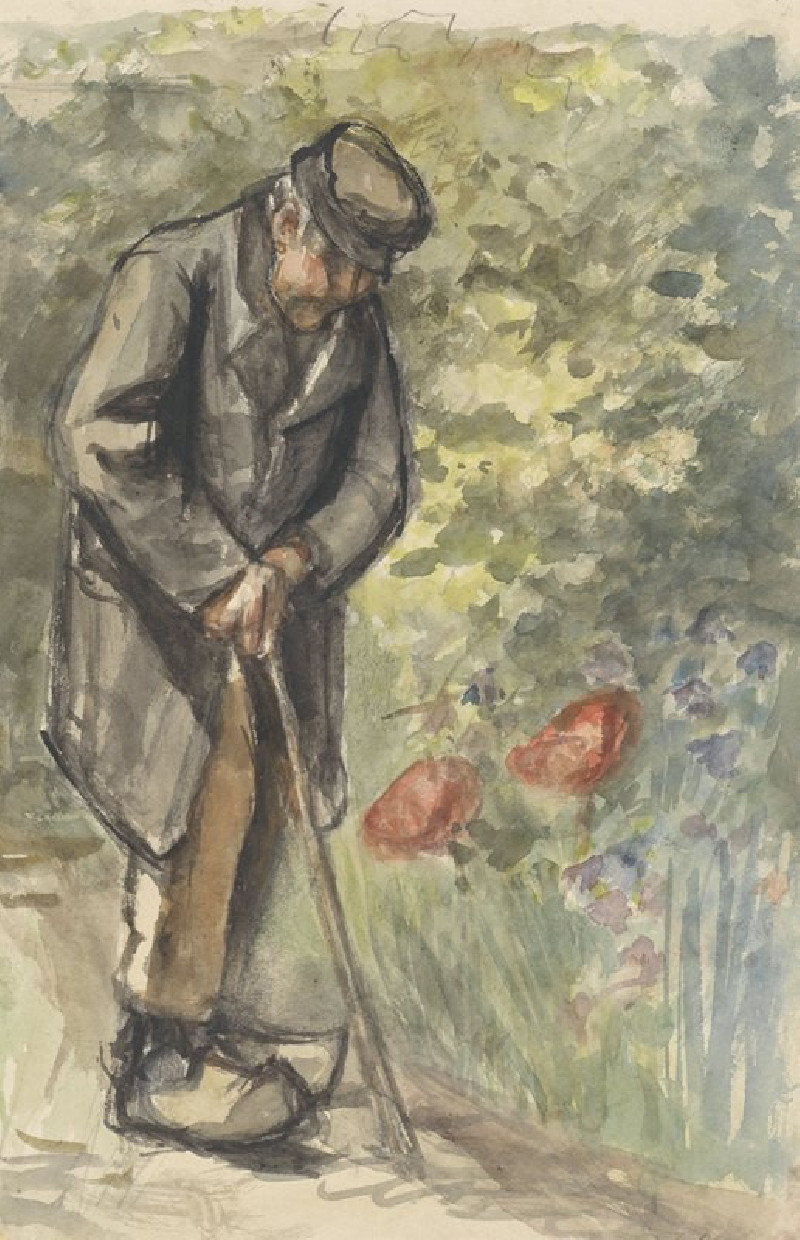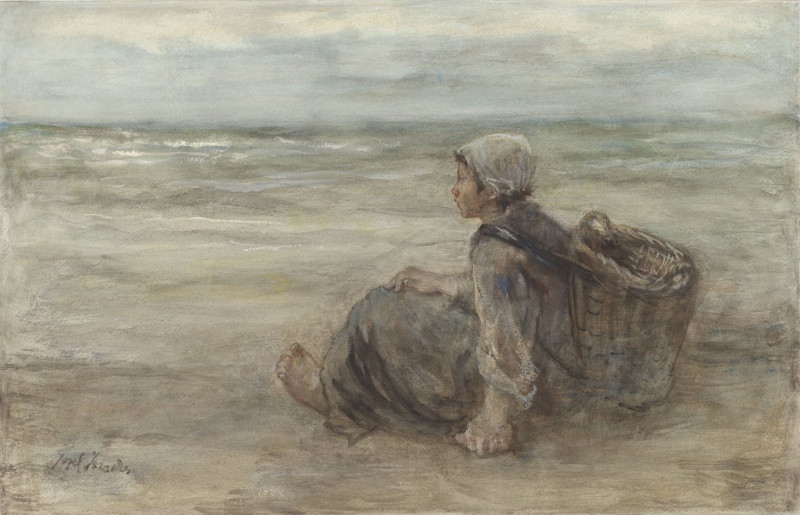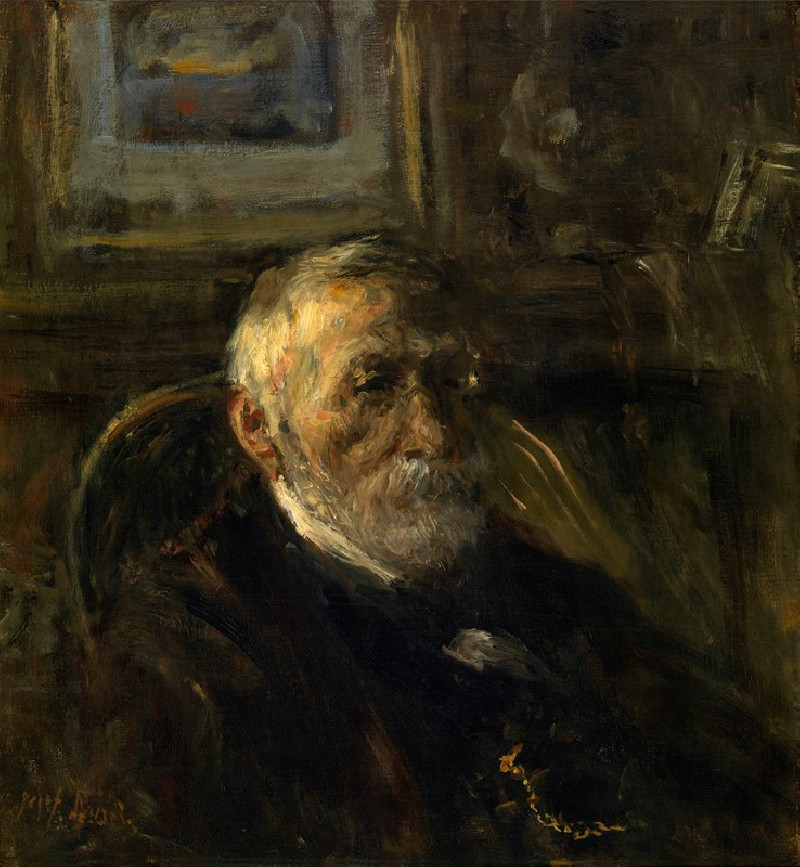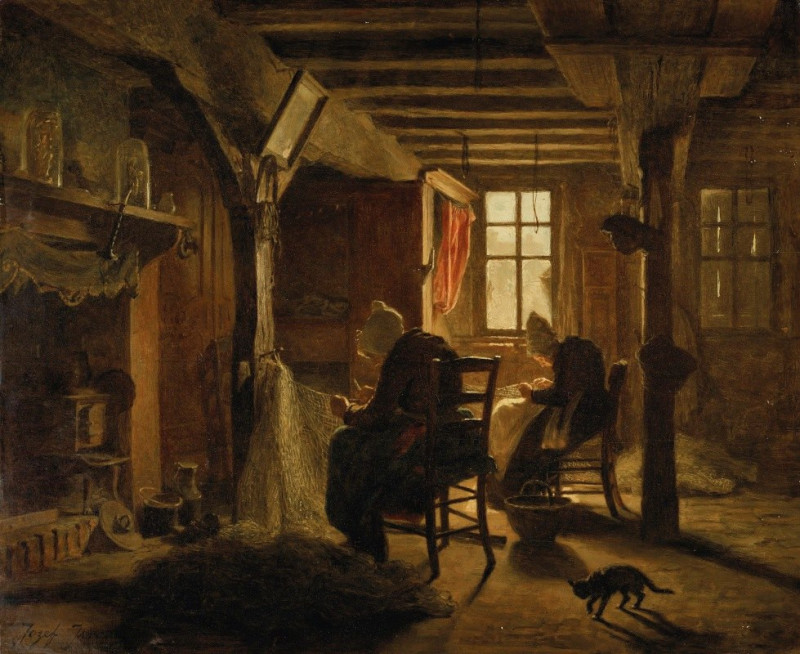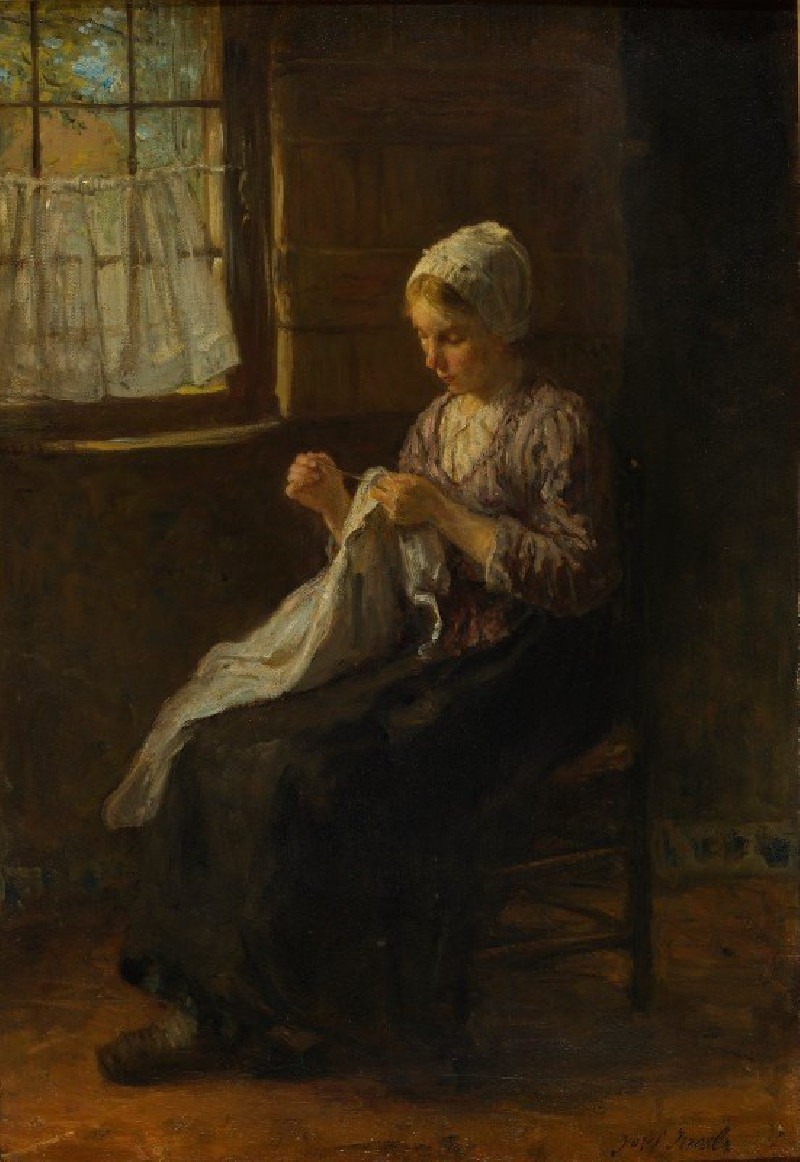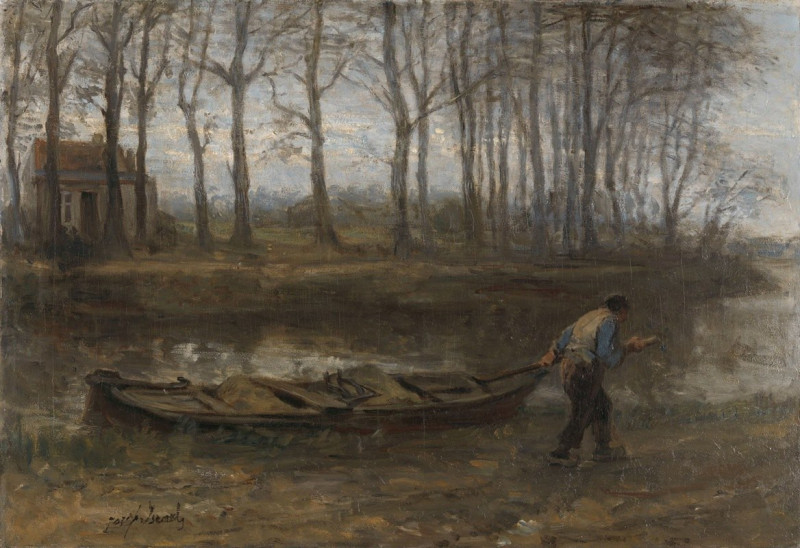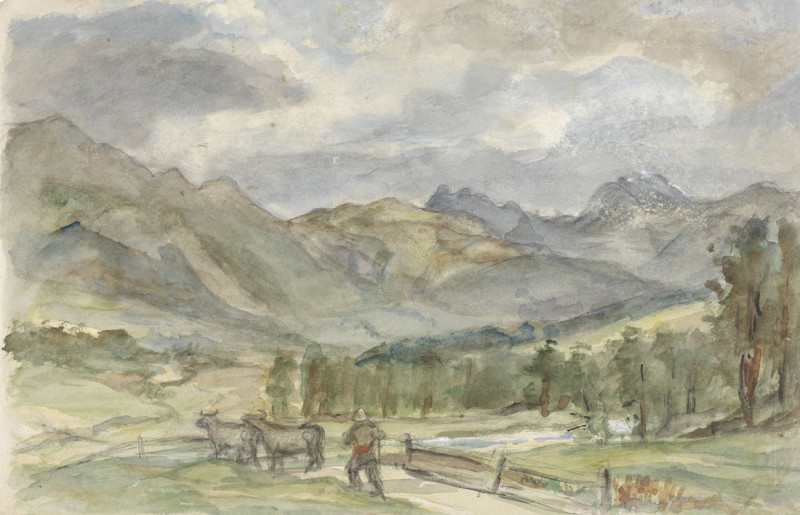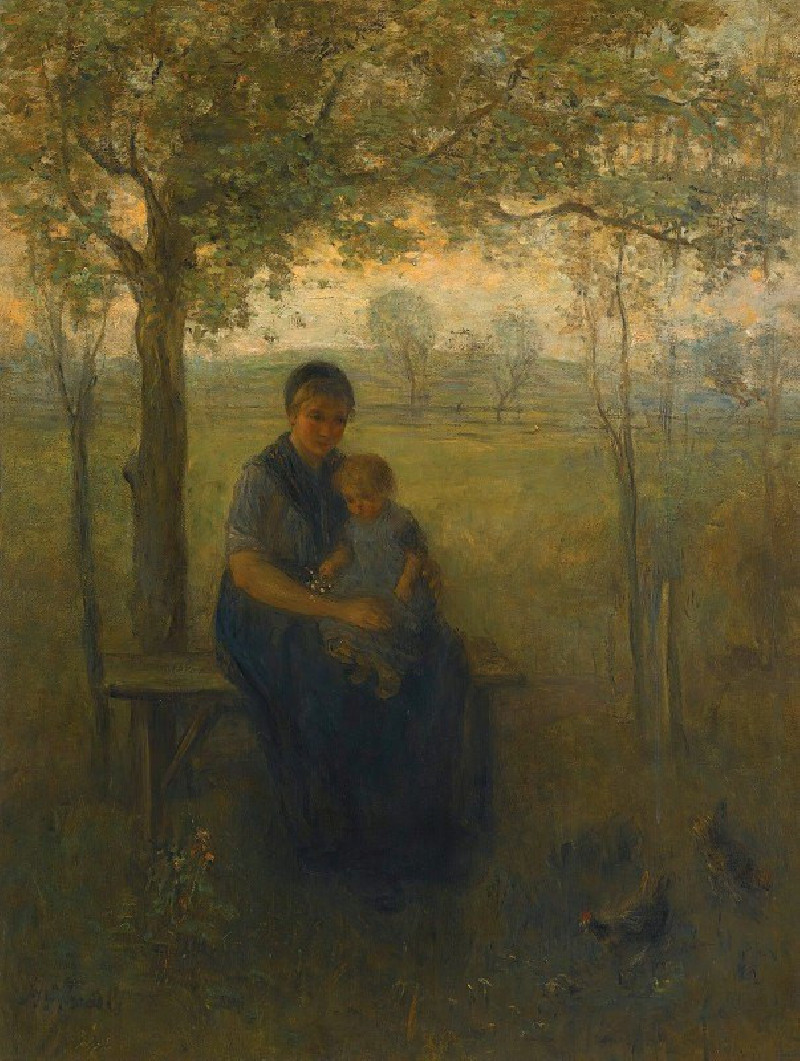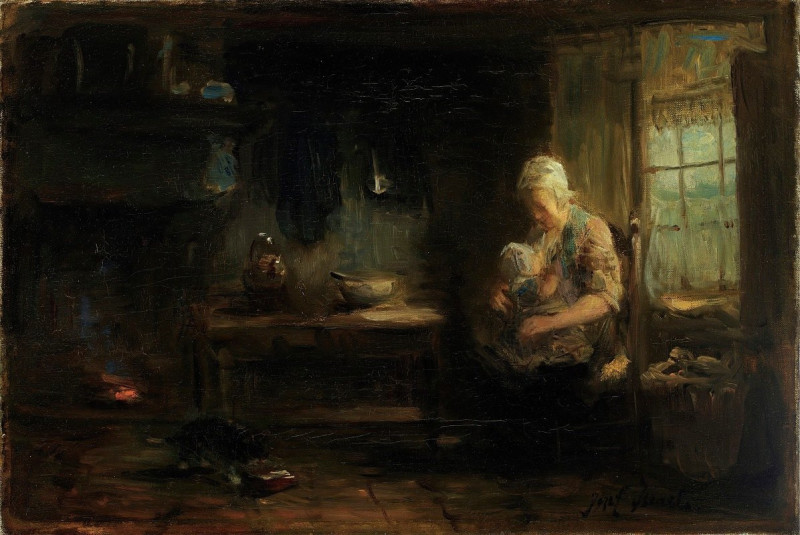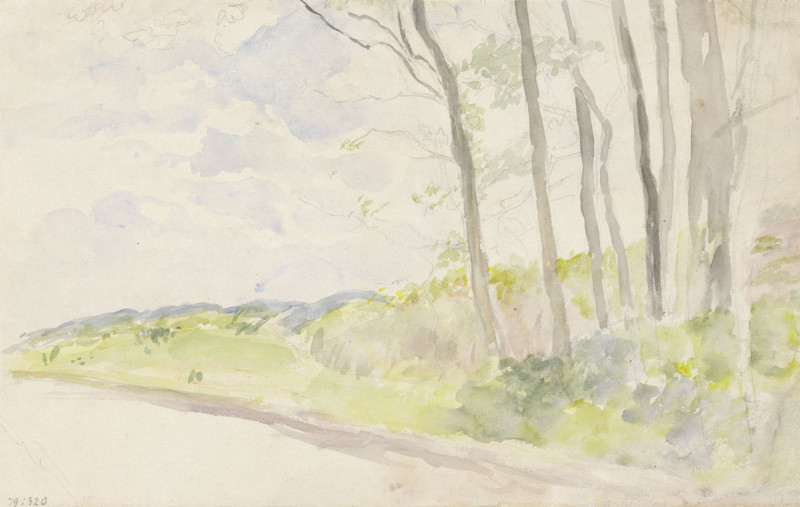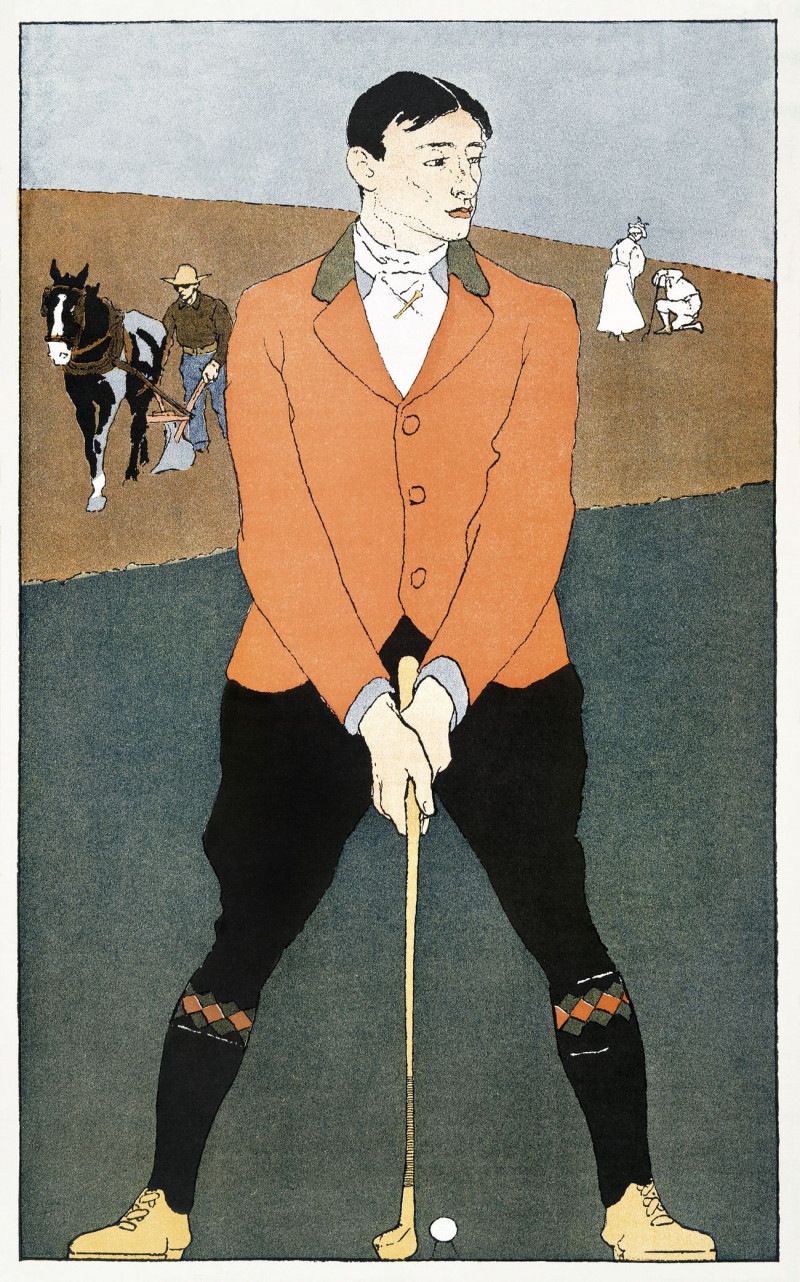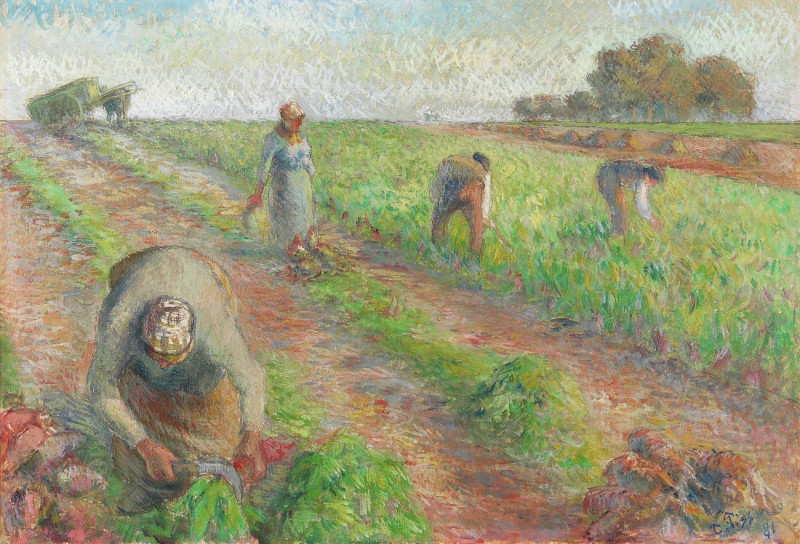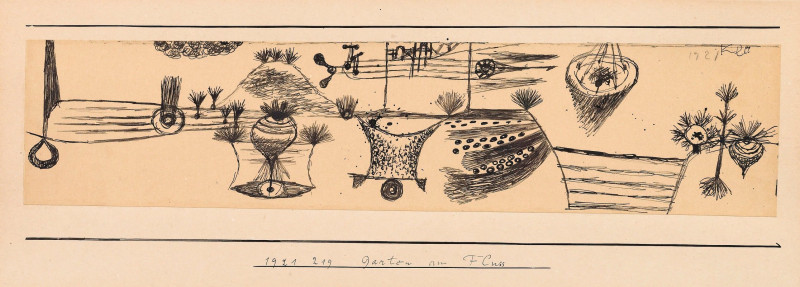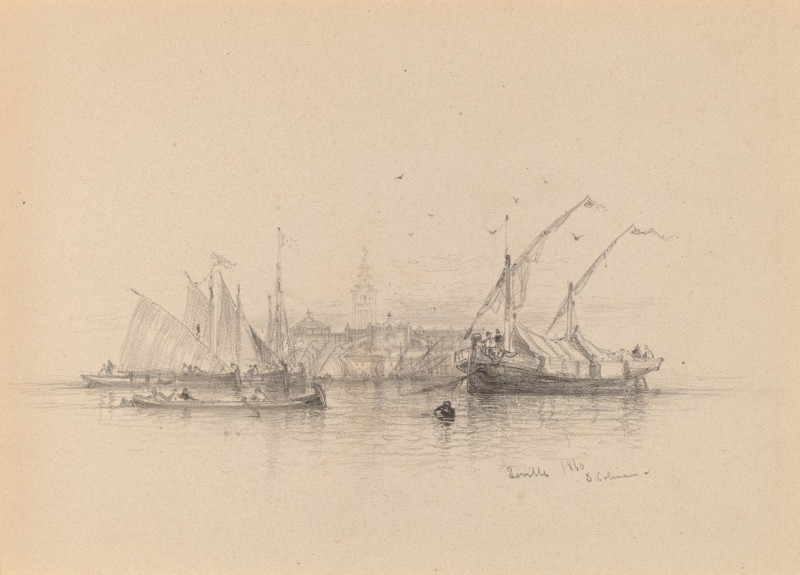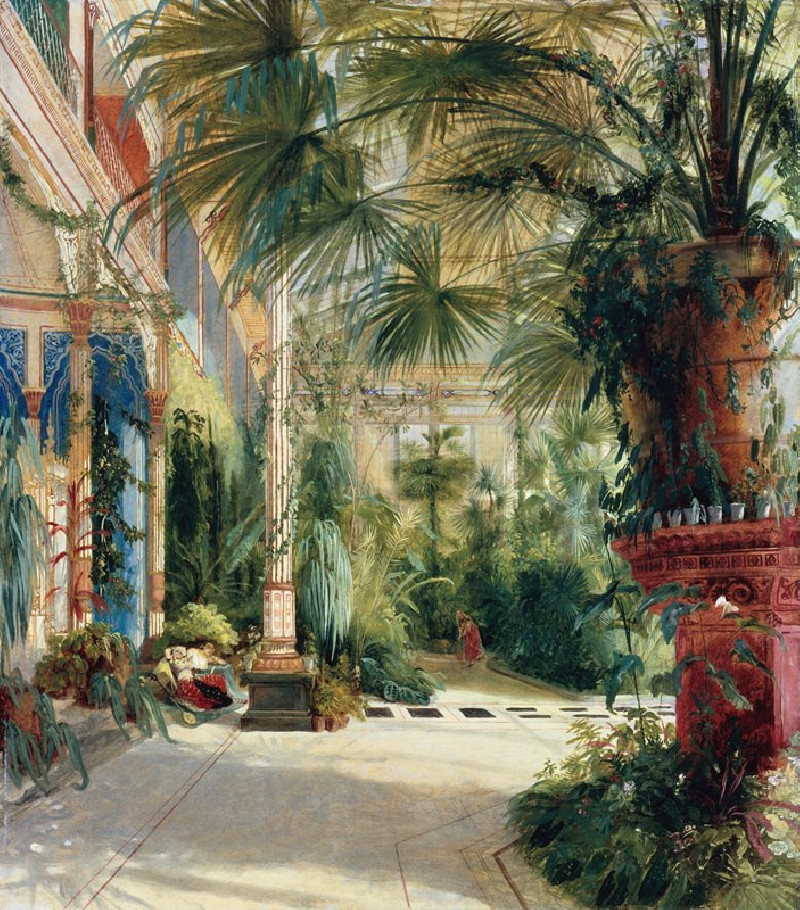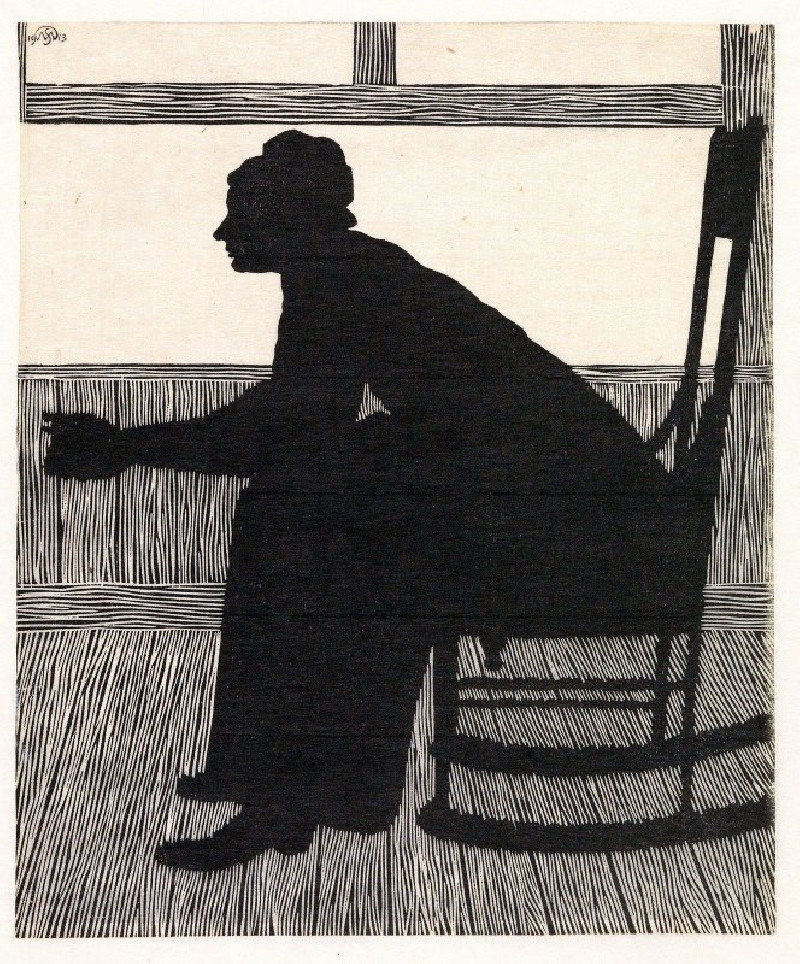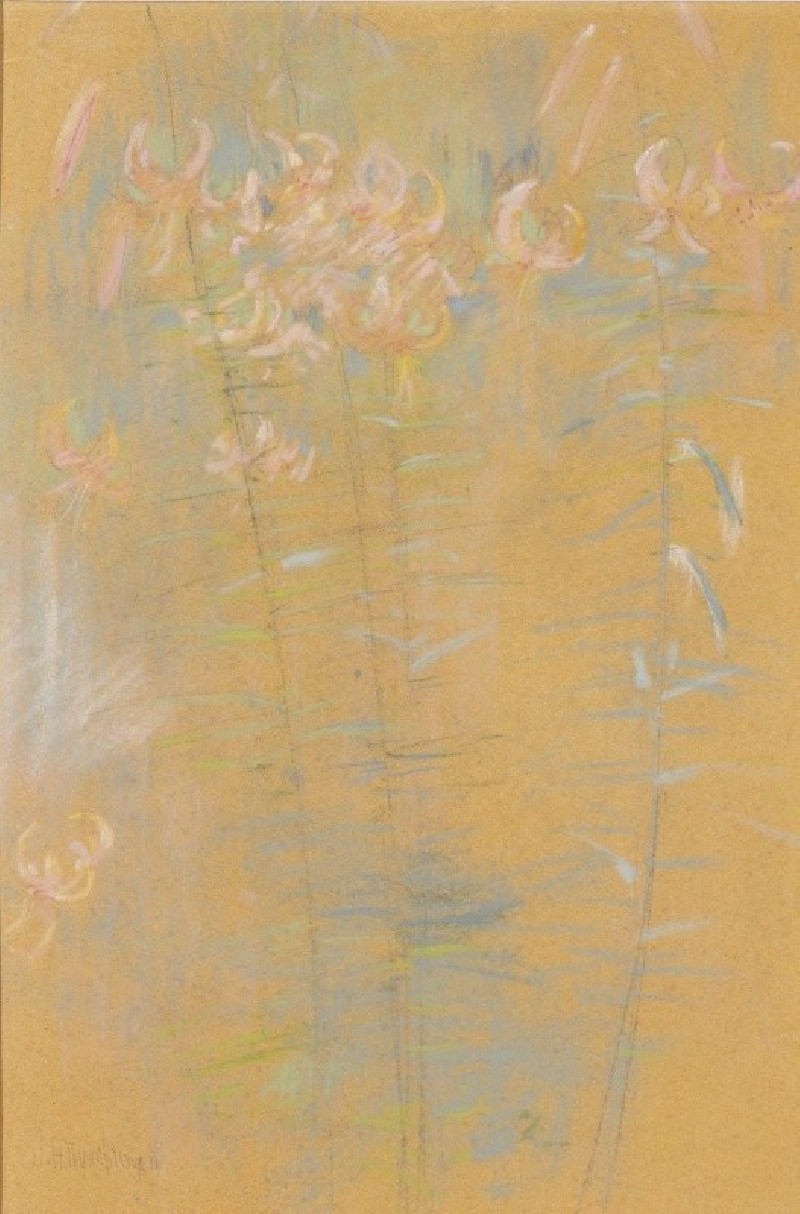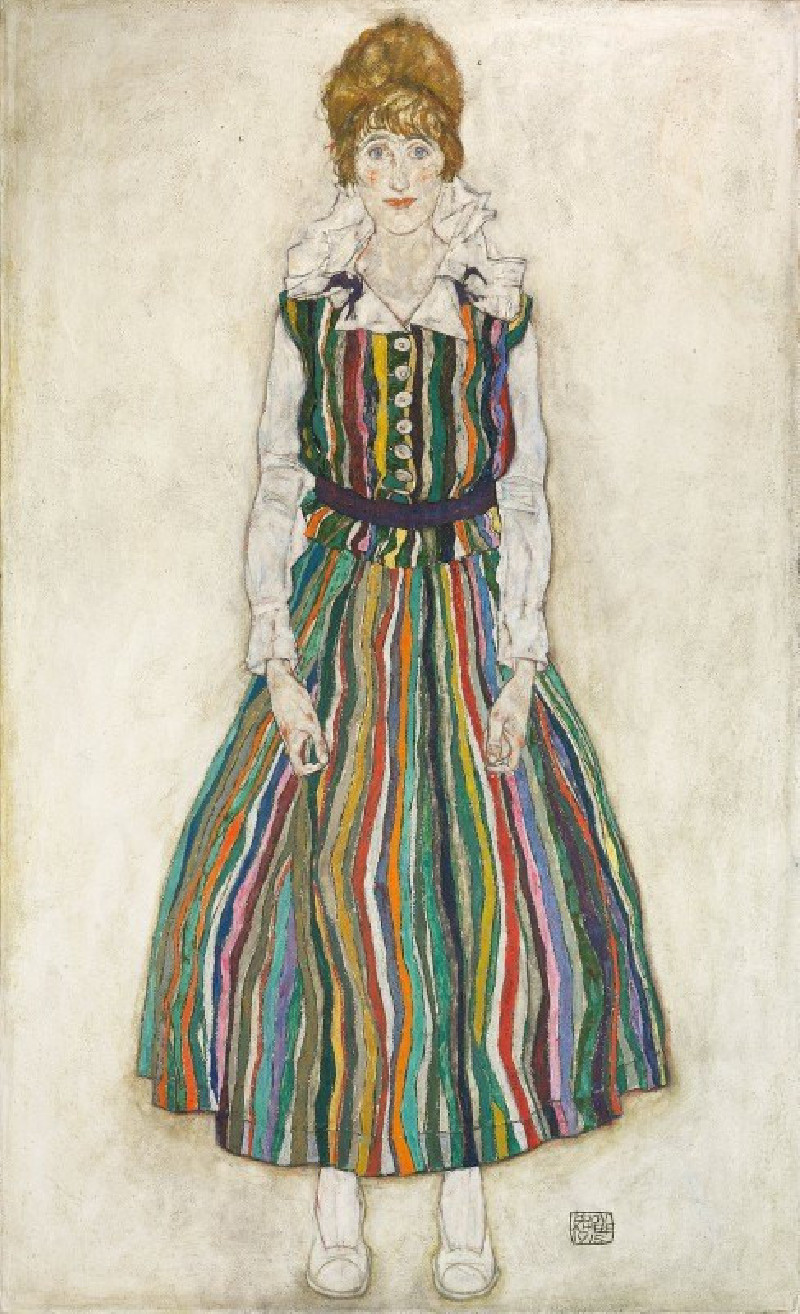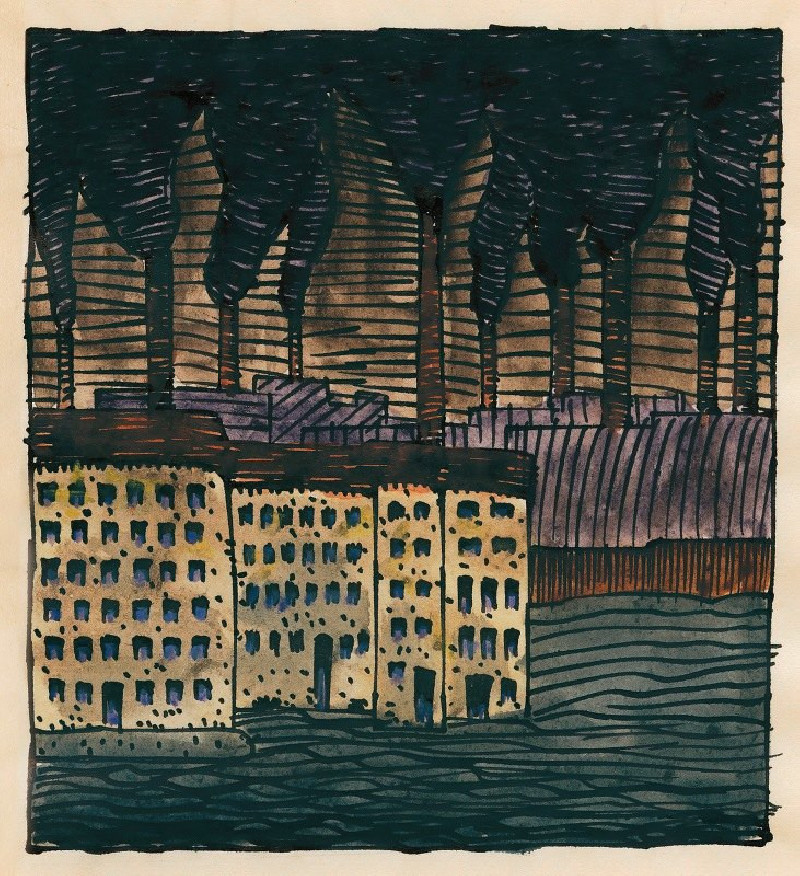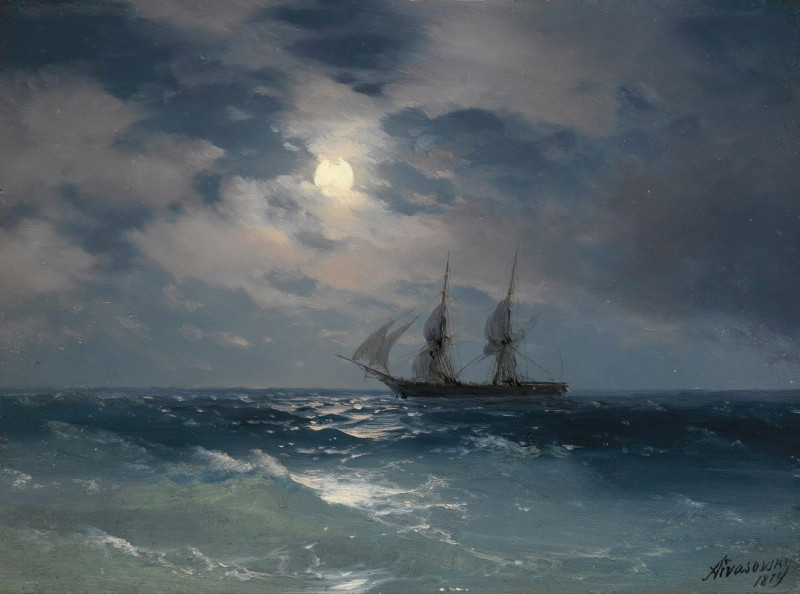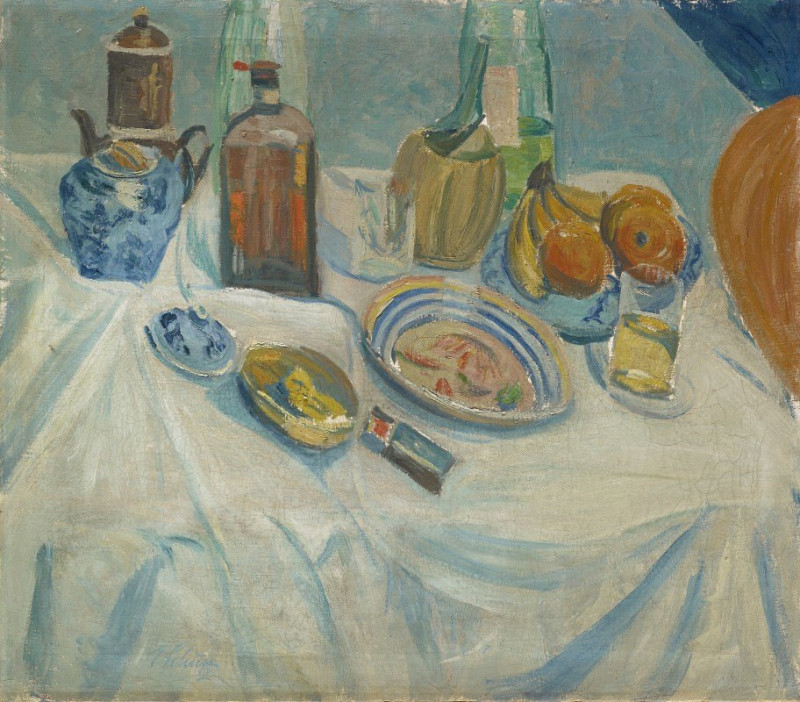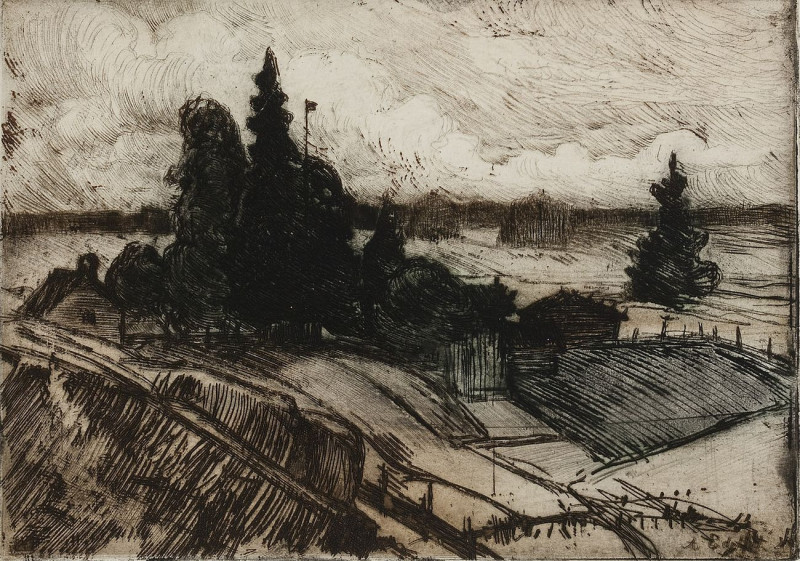De schoenmaker (1834 - 1911)
Technique: Giclée quality print
Recommended by our customers
More about this artwork
Jozef Israëls, one of the leading Dutch artists of the 19th century and a key figure in the Hague School, is celebrated for his poignant depictions of rural and working-class life. "De Schoenmaker" (The Shoemaker) is a masterful example of his artistry, showcasing his profound ability to capture the essence of human endeavor and emotion.In this tender scene, the focus is on an elderly shoemaker who is absorbed in his craft. He is seated at a simple wooden table, meticulously working on a shoe. The subdued lighting casts gentle shadows across his concentrated face and the objects around him, highlighting his hands as they carefully handle the tools and materials of his trade.Beside him, on the dimly lit floor, a young child, likely his grandchild, sits quietly playing with a small plate. This juxtaposition of old and young not only emphasizes the idea of passing skills and values from one generation to another but also injects a sense of continuity and hope into the otherwise somber setting.Israëls's use of soft brushstrokes and a muted palette conveys a sense of warmth and intimacy, inviting the viewer into this quiet, personal moment.
Delivery
Returns
Jozef Israëls was a Dutch painter. He was a leading member of the group of landscape painters referred to as the Hague School and, during his lifetime, "the most respected Dutch artist of the second half of the nineteenth century".
He was born in Groningen, of Jewish parents. His father, Hartog Abraham Israëls, intended for him to be a businessman, and it was only after a determined struggle that he was allowed to embark on an artistic career. He studied initially from 1835 to 1842 at the Minerva Academy in his home town Groningen.

